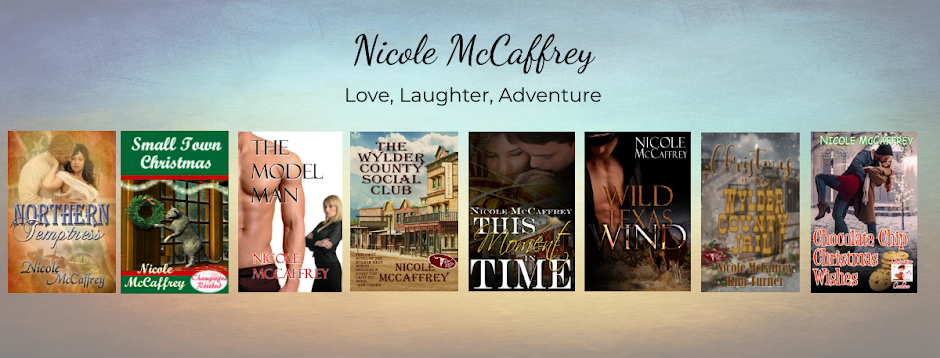
Since I haven't come up with any new ideas so far this week, I thought I'd post a "repeat" of sorts. I did this blog for the Scandalous Victorians, the group I blog with, last year. But since I've started research on the next part of that series, the gamblers, I thought I'd post this one here. My apologies to any who have read it before.
Cowboy. Gambler. Gunslinger. Soiled Dove. Law man. Funny how the very names bring to mind a certain image, one largely created by
But these vaqueros created the legacy that lives on in the American cowboy as we think of him today. So where did that code of conduct come from that tells us – in one simple word – that this is a man of noble deeds and few words?
When defeated Texans returned to their run-down farms after the civil war ended in 1865, they found a land teeming with wild longhorns (a breed of wild bovine that resulted from the breeding of the American cow with Spanish cattle. These guys were lean, slab-sided—and ornery). A longhorn steer worth four dollars in
Most cowboys were young, from their late teens to early twenties. And they were a varied lot, made up of both former Union and Confederate soldiers (a large percentage were ex Confederates from
A cowboys’ past was a private matter – the origination, perhaps of “don’t ask, don’t tell.” He was just as likely to be a preacher’s son, a dropout from an Eastern university or the youngest son of an English nobleman sent to the American West to make something of himself as he was to be a wanted man. But the way he threw a saddle over his horse was all his peers needed to know whether he understood his business or not. That was all that mattered.
The cowboy was no mere farm hand. He had to be a superb horseman, excellent ropester and tough enough to subdue a 1,000 pound steer. It goes without saying that such a man would carry himself with pride, knowing he was admired – even envied – by other men who hadn’t the wherewithal to withstand his nomadic lifestyle. Spring and fall would find him on roundups – collecting the cattle and driving them in so the calves could be branded and bulls castrated in the spring; cutting marketable steers from the herd in the fall (females were kept for breeding). And that wasn’t even the dangerous part.
On the trail, a cowboy faced a multitude of dangers ranging from violent weather to raging rivers, illness and disease, marauding guerilla gangs and even groups of angry farmers determined to keep the longhorns, which carried a virus fatal to other breed of cattle, away from their fields. Stampedes were also an ever-present threat. Two or three thousand longhorn steer could be controlled only when they wanted to be and were capable of erupting into mass hysteria any time of the night or day, particularly during bad weather. So no matter how cold, wet or sleep-deprived a cowboy might be, he had to be prepared to leap into the saddle at the first rumble of a herd on the run.
Spending months on a trail drive meant he would go long periods of time without seeing a woman, let alone touching or speaking with one. Since his lifestyle precluded him from forming romantic entanglements, (marriage and family was out of the question as long as he remained in that line of work) the only women he could hope to meet on equal terms were prostitutes, or the “soiled doves” awaiting his arrival at the end of the trail. Because of this, his attitude toward “respectable women” was primly Victorian, almost worshipful. And when the opportunity to be in the company of a decent woman arose, the cowboy would go to great lengths to make the most of it.
As one story goes, neighbors from a distant spread attended a dance at a
In 1886 a severe drought that left the herds in poor condition by summer’s end was followed by a series of blizzards. Livestock on the range was devastated, with some ranches losing up to ninety percent of their stock. This was the beginning of the end of the open-range cowboy.
So no matter what image his names brings to mind for you, the cowboy was, courageous, strong, dedicated, trail-wise, and respectful of women. A true American hero.
For more information on cowboys and the Wild West I recommend:
“The Wild West” by Warner Books
“Cowboys of the Old West” – by Time Life books





2 comments:
Real good! Just as I was responding I get an error message! sheesh! LOL
You sure idolized the poor cowboy! What about those that weren't partial to water, chewed tobaccy, and drank way more than they should? Or better still the ones that couldn't wait to get into a town to raise a little hell and slip into a nice, warm woman?
Oops, did I say that? Just kidding! Great post. Can't wait to see what else you have.
LOL, Paty, I'm shocked!!! Funny, the cowboy you described is the one I'm much more likely to write about! Yeee haaaw!
Post a Comment